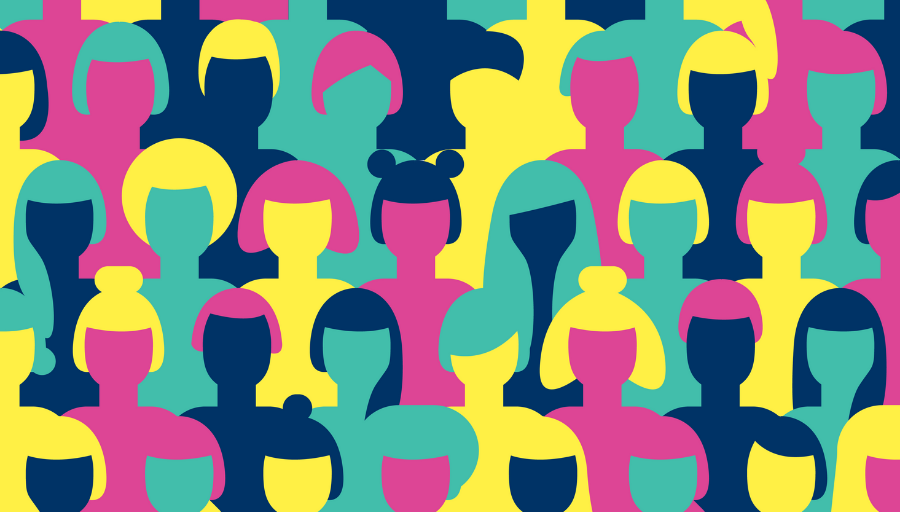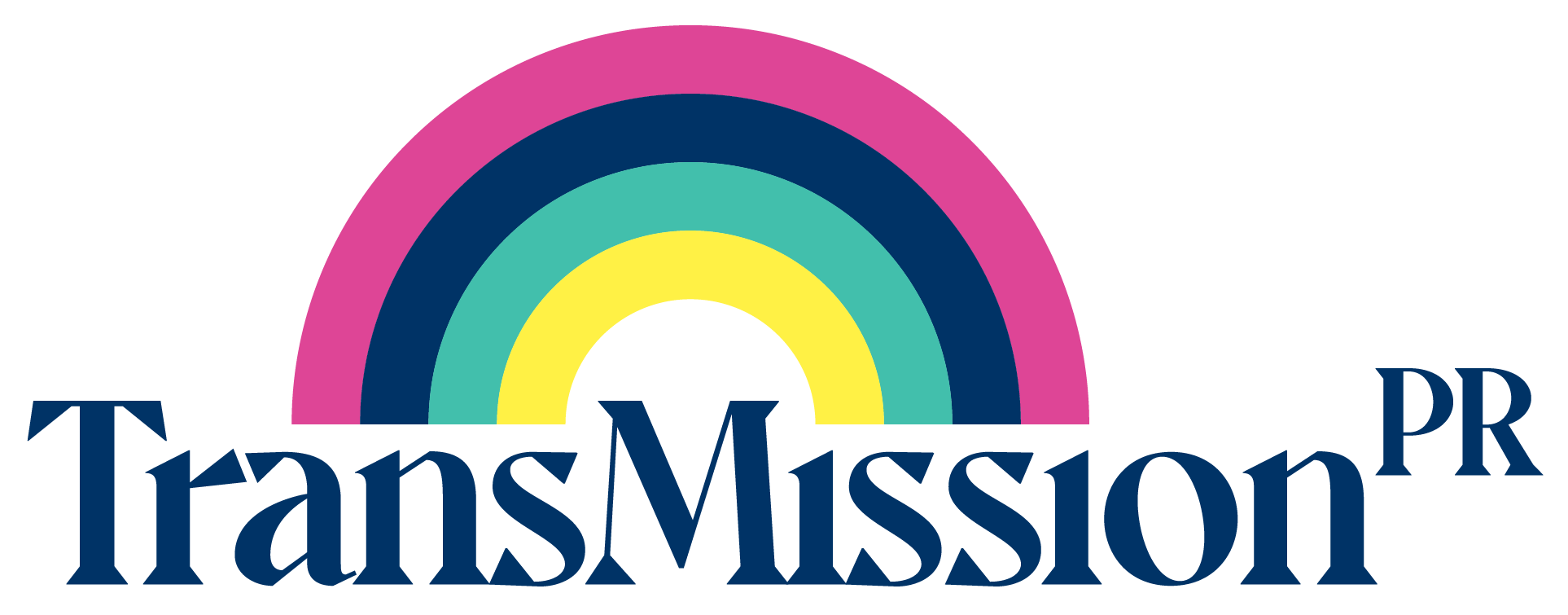
17 Jan Why your brand needs to stand up for Diversity and Inclusion
By Errol Seymour
We live in a world where diversity and inclusion are more important than ever. It’s no longer enough to have a great product, or excellent ad copy – modern audiences want their brands to stand for something. Millennial and Gen Z consumers are invested in social change, so it’s critical to get on board before they move on to the competition – that better reflects their ideals.
Here’s how you can authentically tap into the rich vein of diversity and inclusion – and why it’s so important to your customer base.
Audiences want representation
Letting the customer see themselves in your product and using your product is one of the key tenets of marketing – and yet historically speaking, surprisingly few brands have cottoned on that this golden rule applies to marginalised groups, too.
If you could travel back in time and tell ten-year-old me that one day you’d see out and proud LGBTQ+ people advertising everyday products like makeup, chocolate, and even Starbucks, I’d assume you were pulling my leg. But here we are, in a modern, inclusive world, and representation in advertising isn’t just a nice-to-have – it’s increasingly demanded by marginalised and mainstream audiences alike.
For too long, marginalised groups had to go without seeing themselves represented on screen. Including authentic and relatable figures in your marketing, shows your marginalised customers that your product is also for them – and what brand wouldn’t want to appeal to more prospective customers? It’s a simple premise, but you’ll find it goes a long way.
Not just for Pride Month
A word of caution – when it comes to supporting marginalised groups, your audience will want to see you put your money where your mouth is. The LGBTQ+ community in particular has been burned by faux-inclusive brands chasing the ‘pink pound’ in the past – there’s nothing more cringeworthy than a brand who sticks a rainbow on their logo through June and then reverts to sticking their head in the sand once June has passed. If you want an audience that really believes in your product, you’re going to have to support them all year round.
Absolut Vodka is a great example. Today they’re a household name, but back when the Swedish company first came to the US in 1979 they struggled to break into the American market. Their answer was to think outside of the box, and reach out to the severely oppressed LGBTQ+ community. Their advertising utilised gay icons like Jean Paul Gaultier and Keith Haring, but they didn’t stop there – they took the bold extra step of speaking out against oppression and genuinely striving to make the world a better place for their LGBTQ+ customers. From sponsoring the inaugural GLAAD Media Awards to the iconic rainbow bottle, Absolut has been a proud advocate for their community for over 40 years – and their customer base is more loyal than ever.
Start thinking now how your inclusive campaign can also do some good for the communities you’re advertising to. Authenticity is the name of the game!
If you need some support on how to ensure your campaigns are authentic drop us a line.
What about the backlash?
Unfortunately, there are still those who aren’t so happy to see marginalised groups represented in the media. Inclusive campaigns are like catnip for social media trolls, but here’s the good news – in reality, they’re nothing but a vocal minority, and paradoxically, their rage can translate into great publicity.
Here’s how: modern audiences love a good takedown. A brand that not only dares to include marginalised groups in their advertising and marketing campaigns AND actively defends them from hate is a brand that’s winning the hearts of a fresh new audience.
2021 saw a slew of LGBTQ+ inclusive marketing for brands as far ranging as Argos, Cadbury’s, and John Lewis – and of course, the troll squad turned out in force to jeer from the sidelines. Rather than stick their heads in the sand, these brands all took to their own social accounts and confirmed, loud and clear, that they were proud to be supporting the LGBTQ+ community. These words of affirmation in the face of hate sent a clear message: that these brands weren’t just paying lip service to the LGBTQ+ community, they genuinely wanted to reach out.
Best of all, when it comes to shutting down trolls, the cheekier you are, the better. Check out this hilarious promo video from Ford to see this in action:
‘Very Gay’ was a compliment, right? ✨🌈 #VeryGayRaptor pic.twitter.com/vOYJfwHANH
— Ford Europe (@FordEu) June 25, 2021
To survive in the modern world, your brand needs to stand for something – and sometimes that means standing up for your marginalised customers, no matter what.
Errol Seymour is a professional copywriter who’s proud to use her skills to advocate for a more inclusive world.
- In 2022, authentic, inclusive content is key: here’s how to get it right - February 7, 2022
- Why your brand needs to stand up for Diversity and Inclusion - January 17, 2022
- The Importance of Using Inclusive Language in a Healthcare Setting - January 10, 2022


